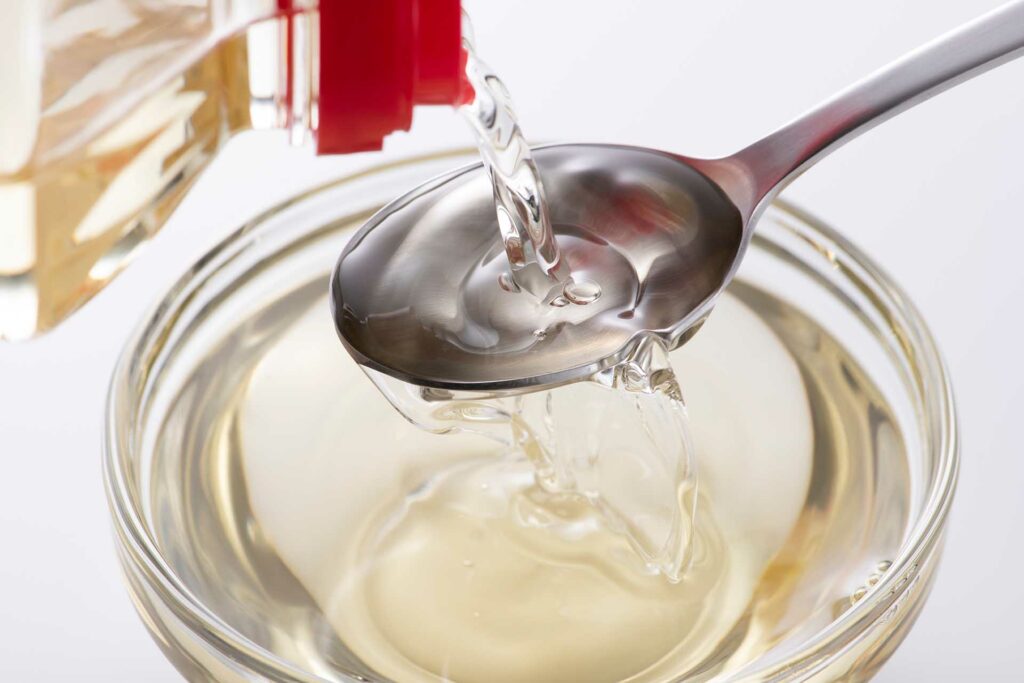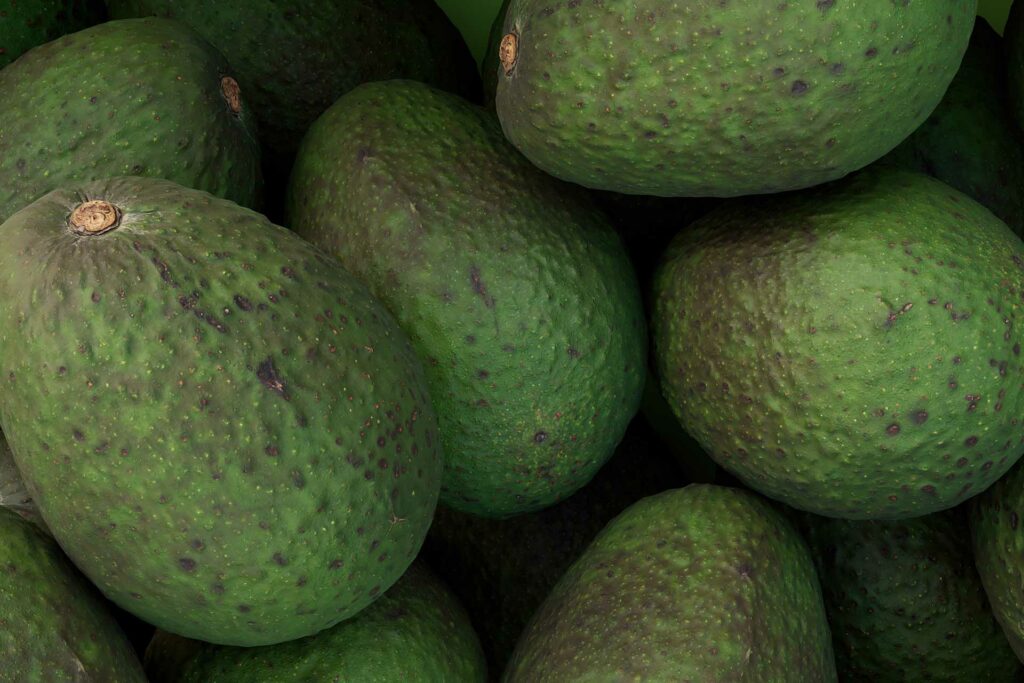Are you a culinary enthusiast who loves exploring the depths of Japanese cuisine? If so, you’re likely familiar with sake, the traditional Japanese rice wine that adds depth and complexity to countless dishes. However, what happens when you find yourself without sake in your pantry? Fear not! In this comprehensive guide to sake substitute cooking, we’ll delve into the world of alternative ingredients that can beautifully replace sake in your favorite recipes.
The Versatility of Sake Substitutes
When it comes to sake substitutes, there are a multitude of options to choose from, each offering its own unique characteristics and flavors. Let’s explore some of the most popular alternatives that will allow you to create delicious dishes with a similar taste profile to sake.
Mirin: A Sweet Rice Wine Alternative
Mirin, a sweet rice wine, is often hailed as the closest substitute to sake. It shares similar characteristics with sake, such as a delicate sweetness and a rich umami flavor. Mirin is commonly used in Japanese cuisine for marinades, glazes, and sauces, adding depth and complexity to dishes. It imparts a subtle sweetness that balances out flavors and enhances the overall taste profile of the dish.
When choosing mirin as a sake substitute, it is essential to select the right type based on your recipe’s requirements. There are two main types of mirin: hon-mirin (true mirin) and shio-mirin (seasoned mirin). Hon-mirin is made through the natural fermentation process, while shio-mirin is a cheaper alternative that contains added salt and sweeteners. Hon-mirin is generally preferred for its authentic flavor and higher quality.
To use mirin as a sake substitute, you can typically use a one-to-one ratio. However, keep in mind that mirin is sweeter than sake, so it’s important to adjust the amount of sugar or other sweeteners in your recipe accordingly. When cooking with mirin, it is commonly added towards the end of the cooking process to preserve its delicate flavors.

Rice Vinegar: A Tangy and Acidic Option
Rice vinegar, a staple in many Asian cuisines, is another excellent alternative to sake. It offers a tangy and acidic flavor that can help brighten dishes and balance out rich flavors. While rice vinegar lacks the alcoholic component of sake, its acidity can mimic the tanginess found in sake.
There are various types of rice vinegar available, including white rice vinegar, black rice vinegar, and seasoned rice vinegar. White rice vinegar is the most commonly used type in Japanese cuisine and is a suitable substitute for sake. Its mild flavor and balanced acidity make it a versatile ingredient in many dishes.
When using rice vinegar as a sake substitute, it is important to consider its acidity level. Start by substituting sake with an equal amount of rice vinegar and adjust to taste. Keep in mind that rice vinegar has a stronger flavor profile than sake, so you may need to dilute it with water or other liquids in certain recipes. Rice vinegar is particularly well-suited for dressings, marinades, pickling, and adding a tangy kick to sauces and stir-fries.

White Wine: A Versatile Alternative
If you don’t have access to traditional Japanese sake substitutes, white wine can be an excellent option that offers versatility and complexity in flavor. While white wine may not provide the exact taste profile of sake, it can impart a depth and richness to your dishes that is reminiscent of the rice wine.
When choosing a white wine for cooking, opt for a dry or semi-dry variety rather than a sweet wine. Dry white wines, such as Sauvignon Blanc or Pinot Grigio, work best as sake substitutes due to their crisp and acidic nature. Their flavors can complement a wide range of dishes and add a subtle fruitiness to the final result.
To use white wine as a sake substitute, you can generally follow a one-to-one substitution ratio. However, it’s important to note that white wine may have a more pronounced flavor, so you might want to reduce the amount slightly if you prefer a milder taste. When cooking with white wine, it’s advisable to simmer or cook off the alcohol to ensure the flavors meld seamlessly with the other ingredients.

Embracing the Potential of Sake Substitutes in Cooking
Now that we’ve familiarized ourselves with the various sake substitutes available, it’s time to dive into the exciting world of cooking with these alternatives. We’ll explore the different ways in which sake substitutes can enhance your culinary creations, from marinating and tenderizing meats to creating flavorful sauces and broths, and even elevating seafood and vegetable dishes.
Marinating and Tenderizing Meats
Discover how sake substitutes can infuse flavors and tenderize meats, transforming them into succulent and delicious masterpieces. We’ll guide you through popular marinating techniques using sake substitutes and provide you with examples of mouthwatering meat dishes that will leave you craving for more.
Creating Flavorful Sauces and Broths
Sauces and broths play a crucial role in Japanese cuisine, and sake substitutes can add a unique twist to these essential components. Join us as we explore the art of incorporating sake substitutes into sauces and broths, adapt traditional Japanese sauces to include these alternatives, and provide you with an array of recipes and tips to elevate your culinary repertoire.
Enhancing Seafood and Vegetable Dishes
Seafood and vegetables shine brightly in Japanese cuisine, and sake substitutes can elevate their flavors to new heights. We’ll explore how sake substitutes enhance seafood dishes, maximize flavor and moisture, and even provide options for vegetarian and vegan dishes. With our recipes and techniques, you’ll be able to create tantalizing seafood and vegetable dishes that will impress even the most discerning palates.
Tips and Techniques for Using Sake Substitutes
Now that you have a good understanding of the different types of sake substitutes and their applications in cooking, let’s dive deeper into some tips and techniques that will help you make the most of these alternatives. From substitution ratios and adjustments to storage considerations and cross-cultural pairings, mastering these tips and techniques will empower you to create exceptional dishes with confidence.
Proper Substitution Ratios and Adjustments
When using sake substitutes in your recipes, it’s important to understand the appropriate substitution ratios and make necessary adjustments to ensure the desired flavor profile. While there are general guidelines, it’s also essential to consider the specific characteristics of each substitute and the overall balance of flavors in your dish.
For mirin, a one-to-one substitution ratio with sake is a good starting point. However, keep in mind that mirin is sweeter than sake, so you may need to reduce the amount of sugar or other sweeteners in your recipe accordingly. Similarly, when substituting rice vinegar for sake, you can generally use a one-to-one ratio, but be mindful of the vinegar’s acidity level and adjust if necessary.
When using white wine as a sake substitute, a one-to-one substitution ratio is a common approach. However, since white wine has a more pronounced flavor than sake, you may want to slightly reduce the amount to avoid overpowering the dish. As you gain experience and confidence in using sake substitutes, feel free to experiment with different ratios and adjustments to suit your personal taste preferences.
Storage and Shelf Life of Sake Substitutes
Proper storage of sake substitutes is crucial to maintain their freshness and flavor. While sake itself has a longer shelf life due to its alcoholic content, some substitutes may have shorter expiration dates, especially if they contain added ingredients such as salt or sweeteners.
Mirin, for example, should be stored in a cool, dark place and refrigerated after opening to prolong its shelf life. Rice vinegar can be stored at room temperature, but it’s important to keep it away from direct sunlight and heat sources. White wine should be stored in a cool, dark place, ideally in a refrigerator, to preserve its quality.
It’s also worth noting that the flavors of some sake substitutes may evolve over time, especially if they are exposed to air or stored for extended periods. While expired sake substitutes may no longer be suitable for use in traditional recipes, they can often be repurposed in creative ways. Expired mirin, for instance, can be used to add a touch of sweetness to sauces or dressings, while rice vinegar can be utilized for pickling or marinades.
Pairing Sake Substitutes with Different Cuisines
While sake substitutes are commonly associated with Japanese cuisine, their versatility allows for exciting culinary exploration beyond traditional boundaries. These substitutes can be incorporated into various cuisines, adding unique flavors and dimensions to dishes from different cultures.
For fusion cooking, combining sake substitutes with ingredients and techniques from other cuisines can result in remarkable flavor combinations. For example, using mirin in a stir-fry with soy sauce and ginger can create a delightful fusion of Japanese and Chinese flavors. Similarly, incorporating white wine into a French-inspired cream sauce can introduce a subtle complexity to classic dishes.
Don’t be afraid to experiment and pair sake substitutes with international cuisines. Whether it’s using rice vinegar in Thai salads or incorporating white wine into Italian pasta sauces, the possibilities are endless. Let your creativity guide you as you explore the exciting world of cross-cultural cooking with sake substitutes.
As you continue to gain experience and confidence in using sake substitutes, you’ll discover new ways to adapt and personalize recipes to suit your taste preferences and culinary adventures.
Final Thoughts
Sake substitute cooking opens up a world of possibilities, enabling you to experiment with flavors, adapt traditional recipes, and infuse your own creativity into your culinary creations. Whether you’re marinating meats, creating flavorful sauces and broths, or enhancing seafood and vegetable dishes, sake substitutes bring depth, complexity, and a touch of elegance to your cooking.





